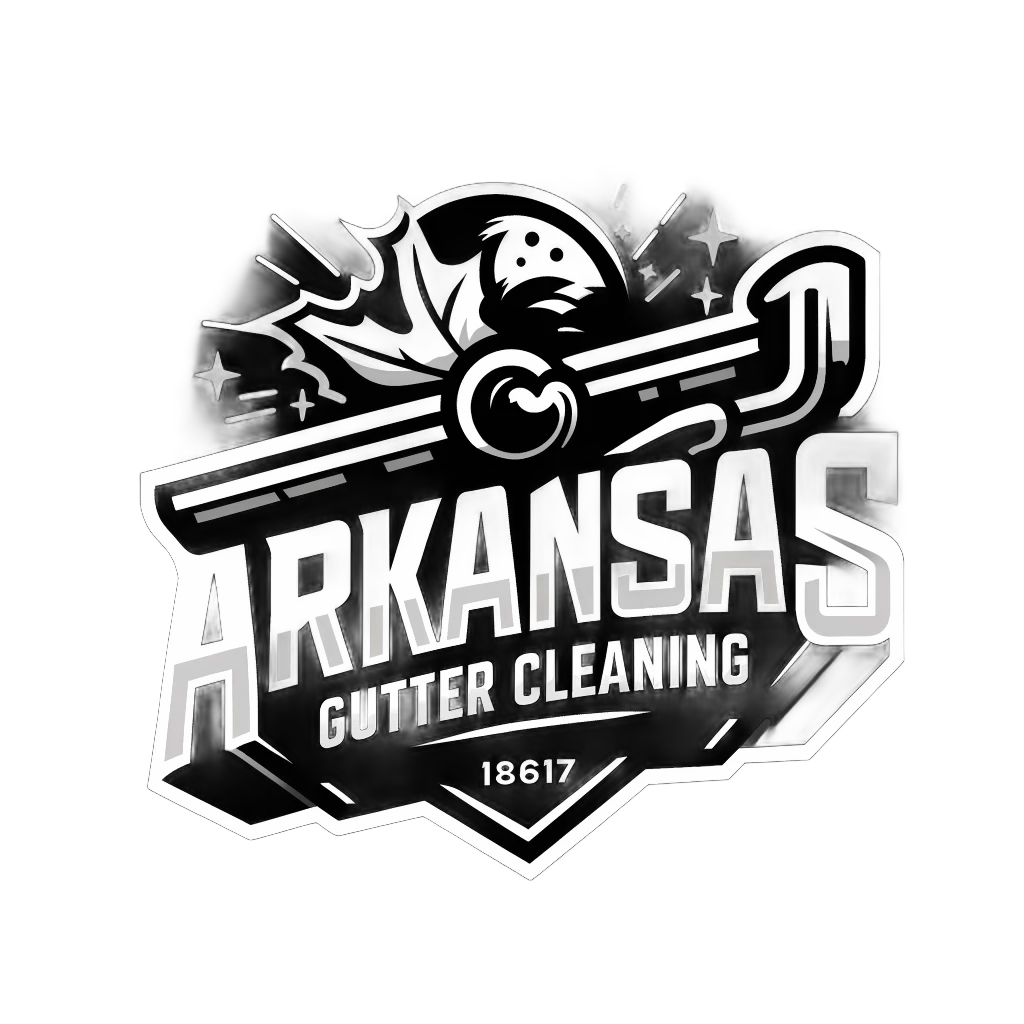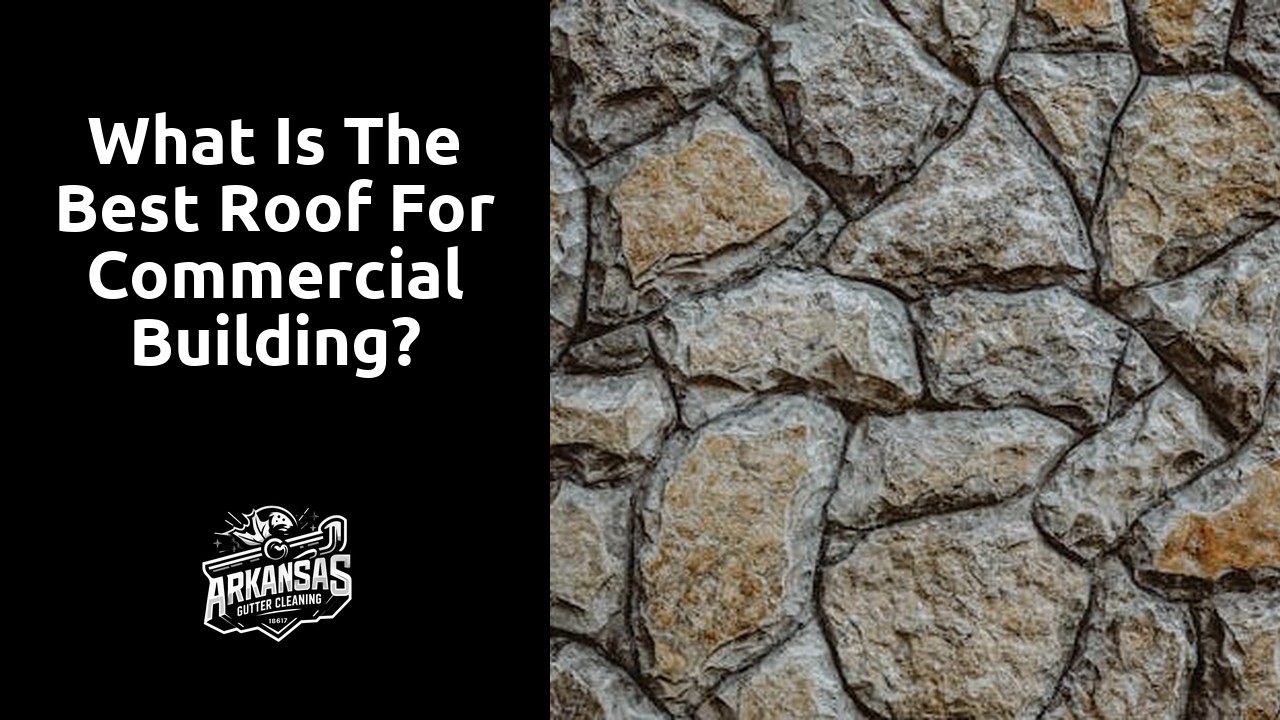Table Of Contents
Impact of Roofing Materials on Energy Efficiency
Roofing materials play a crucial role in determining the energy efficiency of commercial buildings. The type of roofing material used can significantly impact the building’s ability to maintain a stable indoor temperature, reduce heating and cooling costs, and minimize the overall energy consumption. Therefore, choosing the right roofing material is essential for enhancing energy efficiency and sustainability in commercial structures.
Certain roofing materials, such as metal roofs and cool roof coatings, have been proven to reflect sunlight and heat effectively, keeping the building cooler in hot weather. This reflective property reduces the need for excessive air conditioning, ultimately lowering energy usage. On the other hand, poorly insulated or dark-colored roofs can absorb heat, leading to increased indoor temperatures and higher energy bills. By selecting energy-efficient roofing materials, commercial building owners can create a more comfortable indoor environment while reducing their environmental impact and operating costs.
Cool Roofing Options
Cool roofing options can provide an effective solution for commercial buildings looking to improve energy efficiency and reduce cooling costs. One popular choice is reflective roof coatings, which can help to reflect sunlight and heat away from the building, keeping interior temperatures cooler. These coatings are typically white or light-colored to effectively reflect solar radiation, lowering the demand on air conditioning systems and reducing energy consumption.
Another cool roofing option is the use of thermoplastic olefin (TPO) or polyvinyl chloride (PVC) roofing membranes. These materials are designed to reflect sunlight and UV rays, reducing heat absorption and minimizing heat transfer into the building. TPO and PVC roofs are lightweight, durable, and resistant to punctures, making them a long-lasting and cost-effective cool roofing option for commercial buildings.
Importance of Proper Insulation in Commercial Building Roofs
Proper insulation in commercial building roofs is paramount for maintaining a comfortable indoor environment while also enhancing energy efficiency. Insulation acts as a barrier that helps prevent heat transfer between the interior and exterior of the building. Without adequate insulation, buildings can experience significant heat loss during winter months and heat gain in the summer, leading to increased energy consumption for heating and cooling systems.
In addition to reducing energy costs, proper insulation contributes to the overall sustainability of commercial buildings by minimizing the carbon footprint associated with excessive energy usage. By investing in high-quality insulation materials and ensuring proper installation, building owners can create a more environmentally friendly and cost-effective space for occupants. Ultimately, proper insulation not only improves the thermal performance of commercial roofs but also promotes a more sustainable approach to building design and operation.
Preventing Heat Loss and Gain
Proper insulation is crucial in preventing heat loss and gain in commercial building roofs. Insulation acts as a barrier that slows down the transfer of heat between the interior and exterior of a building. By effectively insulating the roof, businesses can maintain a comfortable indoor temperature while reducing the workload on heating and cooling systems.
In addition to reducing energy consumption, preventing heat loss and gain through proper insulation can also lead to cost savings. With less reliance on heating and cooling systems to regulate indoor temperatures, businesses can expect lower utility bills. Moreover, a well-insulated roof can contribute to a more sustainable environment by decreasing the overall carbon footprint of the building.
Longevity of Different Roofing Materials for Commercial Buildings
When considering the longevity of different roofing materials for commercial buildings, it is essential to factor in the durability of each option. Metal roofs are known for their exceptional longevity, often lasting 40-70 years with proper maintenance. Their resistance to harsh weather conditions and fire makes them a popular choice for commercial buildings seeking a long-lasting roofing solution. In contrast, asphalt shingles typically have a lifespan of 20-30 years, making them a more budget-friendly but less durable option for commercial roofs.
Another durable option for commercial building roofs is EPDM (Ethylene Propylene Diene Monomer) roofing. EPDM roofs can last 30-50 years when properly installed and maintained. This synthetic rubber material is resistant to UV exposure, ozone, and a variety of weather conditions, making it a reliable choice for commercial properties looking for a long-lasting roofing solution. Additionally, EPDM roofing is relatively low maintenance, which can help extend its lifespan and provide cost savings over time.
Lifespan of EPDM Roofing
EPDM roofing, also known as rubber roofing, is a popular choice for commercial buildings due to its impressive longevity. When properly installed and maintained, EPDM roofs can last up to 30 years or more. This extended lifespan makes EPDM roofing a cost-effective option for building owners looking for durable and reliable roofing solutions.
The durability of EPDM roofing is attributed to its resistance to weathering, UV degradation, and thermal cycling. These roofs are designed to withstand extreme temperatures, high winds, and heavy rainfall without deteriorating quickly. Additionally, EPDM roofing membranes are known for their flexibility, allowing them to adapt to building movements and changes without cracking or splitting. All these factors contribute to the long lifespan of EPDM roofing systems, making them a smart investment for commercial properties.
FAQS
What factors should be considered when choosing the best roof for a commercial building?
When choosing the best roof for a commercial building, factors such as energy efficiency, longevity, and proper insulation should be taken into consideration.
How do cool roofing options impact the energy efficiency of commercial buildings?
Cool roofing options help in reducing the heat absorbed by the building, thereby lowering the energy consumption for cooling, and contributing to improved energy efficiency.
Why is proper insulation important for commercial building roofs?
Proper insulation helps in preventing heat loss during winters and heat gain during summers, leading to reduced energy consumption and improved comfort for the building occupants.
Which roofing materials have the longest lifespan for commercial buildings?
Roofing materials like EPDM (Ethylene Propylene Diene Monomer) are known for their longevity and can last for several decades when properly maintained.
How long can an EPDM roofing system typically last on a commercial building?
EPDM roofing systems can have a lifespan of around 30-50 years, making them a durable and cost-effective option for commercial building roofs.

